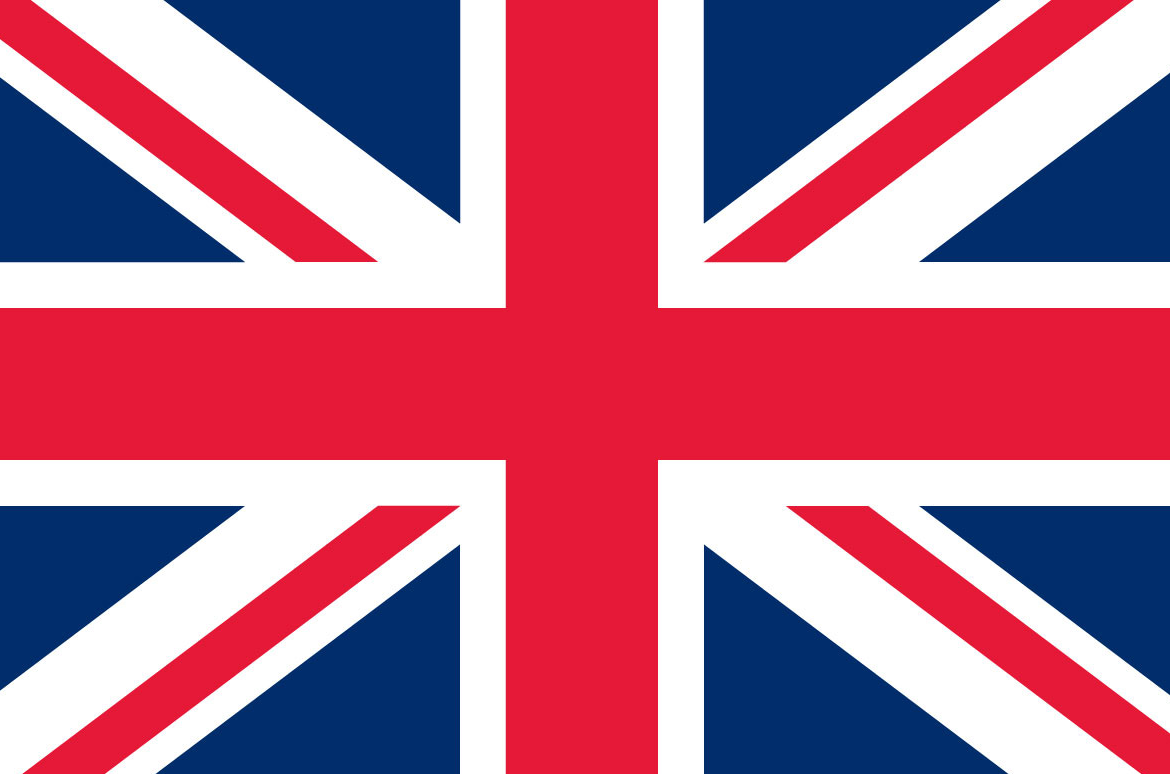Nairobi International Convention on the Removal of Wrecks (NAIROBI)
Maritime Civil Liability
Nairobi International Convention on the Removal of Wrecks (NAIROBI)
Breadcrumbs
- Maritime Administration
- Flag State
- Maritime Civil Liability
- Nairobi International Convention on the Removal of Wrecks (NAIROBI)
The 2007 Nairobi International Convention on the Removal of Wrecks (Wrecks Removal Convention) was adopted by an international conference held in Kenya in 2007 and entered into force on 14 April 2015 at international level. The Convention provides the legal basis for States to remove, or have removed, shipwrecks that may have the potential to affect adversely the safety of lives, goods and property at sea, as well as the marine environment.
That Convention thus fills a gap in the existing international legal framework by providing the first set of uniform international rules to ensure the prompt and effective removal of wreckage located beyond the territorial sea and also includes an optional clause enabling States Parties to apply certain provisions of the Nairobi Convention to their territory, including their territorial sea.
For the purposes of the above, the Nairobi Convention establishes the obligation for the registered owner of a ship of 300 gross tonnage or more to take out insurance or other financial security, such as a guarantee from a bank or similar financial institution, to cover the costs of wreck removal and gives States Parties the right to act directly against insurers. This obligation entered into force at international level on 14 April 2015.
After competent authority of a State Party is satisfied that the requirements of the Convention have been met, a certificate shall be issued to each ship certifying that it has insurance or other financial security, which is valid in accordance with the provisions of the Convention. With respect to the vessels registered in a State Party, such certificates shall be issued or recognized by the competent authority of the State in which the ship is registered. Relating to ships registered in a State which is not Party to the Convention, the certificate may be issued or recognized by the competent authority of any State Party.



